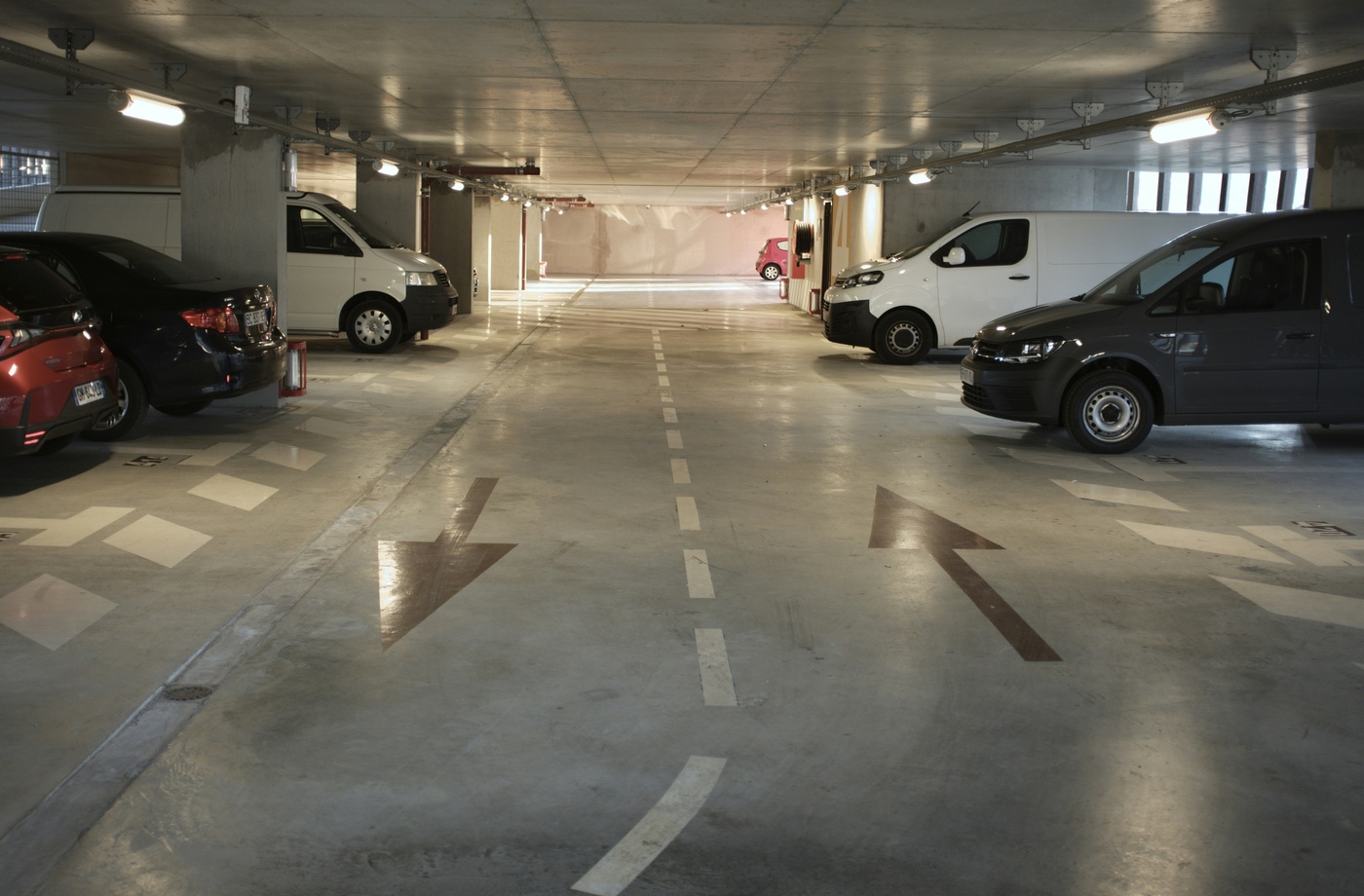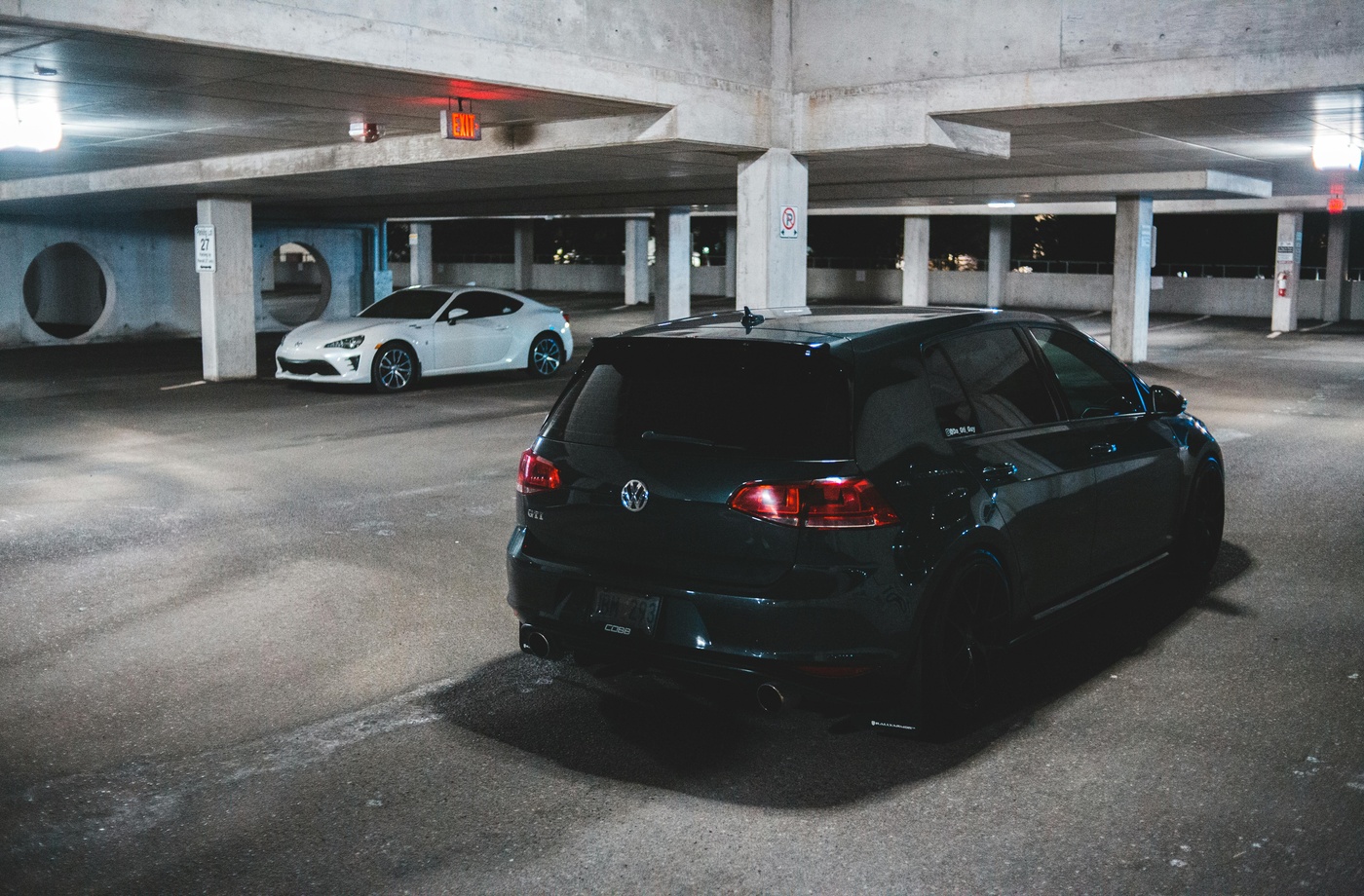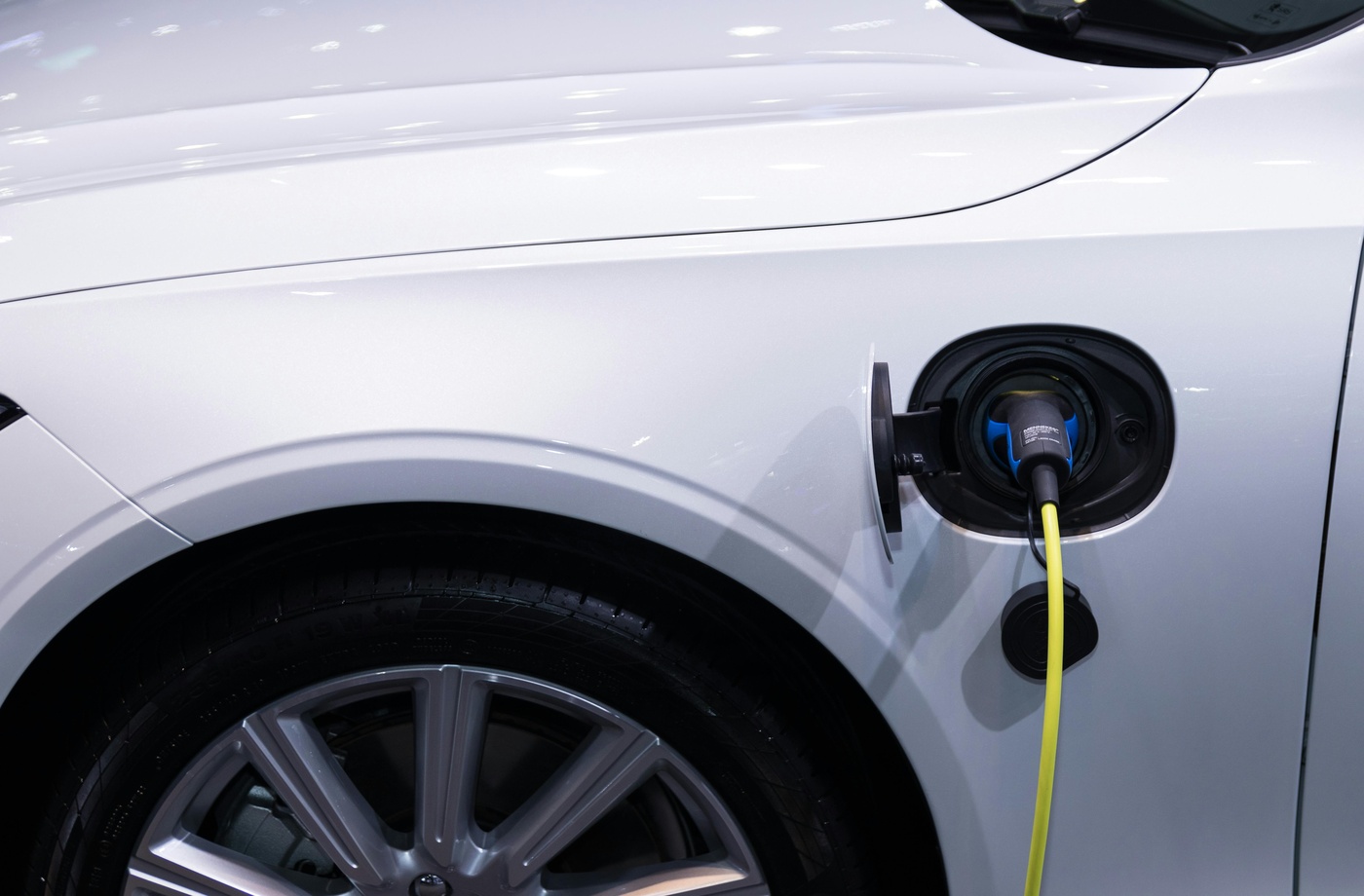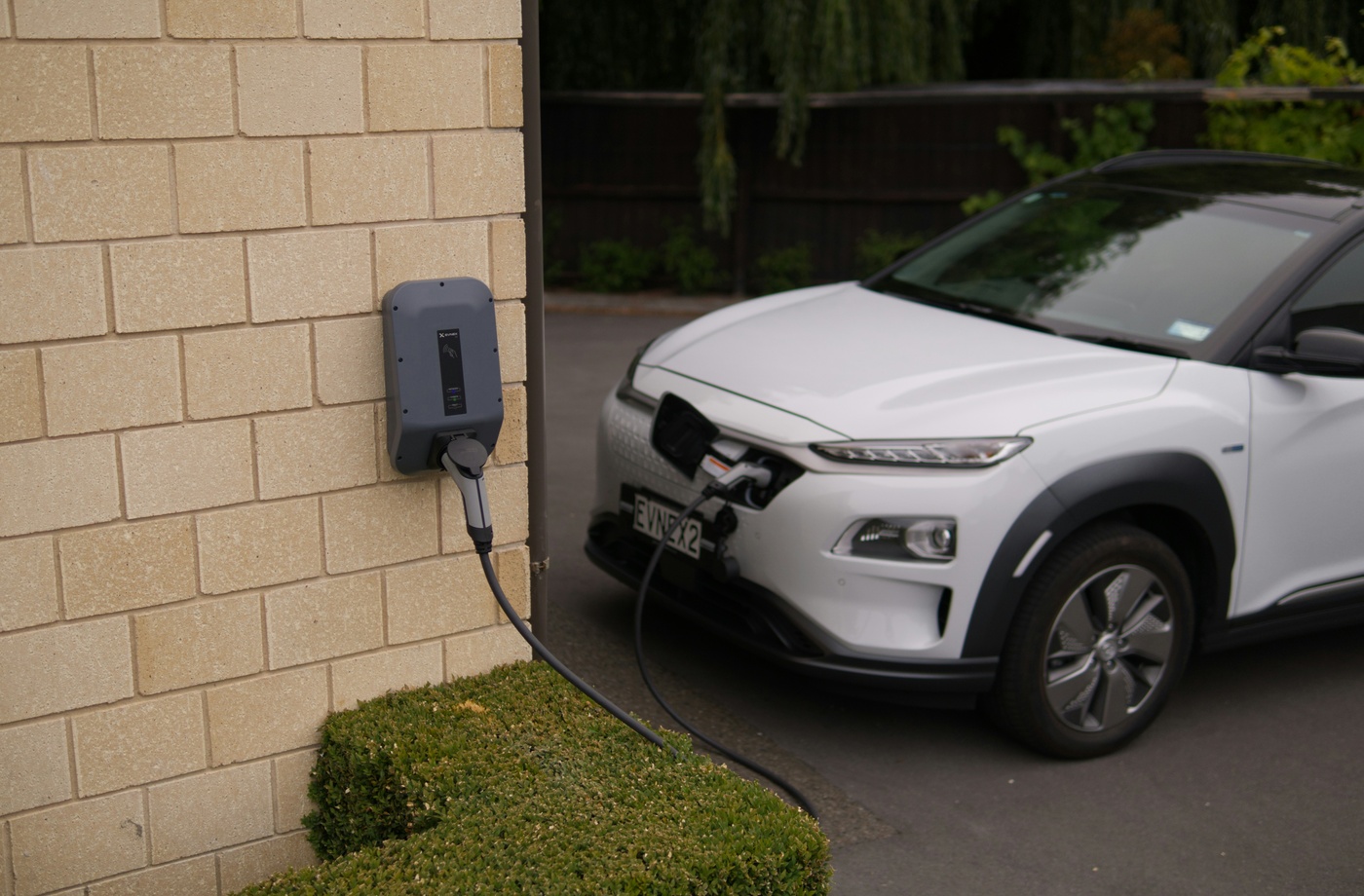Parking lots aren’t just for vehicles anymore. Across cities and suburbs, lot owners are discovering new ways to monetize underused spaces—especially by hosting pop-up shops, markets, and mobile services. With retail real estate costs rising and consumer demand for outdoor, flexible shopping experiences increasing, the time is right to convert part of your parking lot into a revenue-generating, community-friendly destination.
Here’s how to get started—and how to maximize the value of every square foot.
- Why Pop-Up Retail Works in Parking Lots
Pop-up retail offers short-term, low-overhead opportunities for brands, small businesses, and creators to engage directly with customers. Parking lots provide:
- Prime visibility from street or foot traffic
- Built-in infrastructure (space, lighting, access)
- Flexible layouts that can support mobile vendors, food trucks, or tents
- A canvas for seasonal, themed, or event-driven activations
According to Retail Dive, the rise of experiential shopping is pushing brands to rethink location strategy—and temporary retail is one of the fastest-growing trends.
- What Types of Pop-Ups Can You Host?
The possibilities are vast. Depending on your location and local demand, you could offer space for:
- Food trucks or weekly street food markets
- Mobile clothing boutiques
- Art fairs or handmade craft shows
- Farmers markets or garden supply pop-ups
- Mobile healthcare units or flu shot stations
- Book fairs or educational exhibits
- Auto-detailing services or pet groomers
Even a single row of unused parking spaces can support several tents or mobile units with little to no build-out required.
- Permits, Insurance, and Zoning
Before launching, check local regulations regarding:
- Temporary use permits
- Health department regulations (for food sales)
- Zoning allowances for commercial activity
- Insurance coverage for both lot owners and vendors
You may need to adjust your liability insurance to reflect temporary public use. Resources like NFIB and your local city’s small business office can help guide compliance.
- Attract Vendors with Simple Pricing and Amenities
Offer flat-fee rentals per space or charge a percentage of sales. Provide basic amenities like trash disposal, access to electricity, or portable restrooms to make your location more attractive.
Partner with local small business networks or coworking communities to promote availability. A few strategically timed Instagram ads can also drive attention for short-term pop-ups.
- Market to the Community with Value-Driven Offers
Use banners, sidewalk signs, or QR codes to promote digital incentives for shoppers. For example, encourage visitors to get rewards with a Target gift card for use at nearby stores or earn cashback with a Starbucks gift card while browsing morning vendors. Integrate platforms like Fluz to support loyalty, convenience, and added savings.
This not only boosts on-site sales but also strengthens ties with nearby businesses through cross-promotion.
- Schedule Events Around Peak Foot Traffic
Host pop-ups on weekends, evenings, or during community events to maximize visibility. Consider themes like “Summer Night Market,” “Back-to-School Pop-Up,” or “Small Business Saturday Showcase” to create excitement and encourage foot traffic.
If your lot is near office buildings, try lunch-hour food truck clusters on weekdays. Near a residential area? Weekend farmers markets or wellness events could draw steady crowds.
- Keep It Flexible and Scalable
Start small with one or two pop-ups and test response. Use surveys, social media engagement, and sales performance to refine your offerings. If successful, scale up with more vendors or expand to evenings and seasonal series.
Your parking lot becomes more than a place to park—it becomes part of the community economy.
Conclusion
Vacant parking spaces are valuable real estate—especially when reimagined for pop-up retail. By hosting short-term vendors and layering in digital perks from platforms like Fluz, lot owners can boost foot traffic, generate revenue, and create vibrant, engaging environments for local shoppers.



